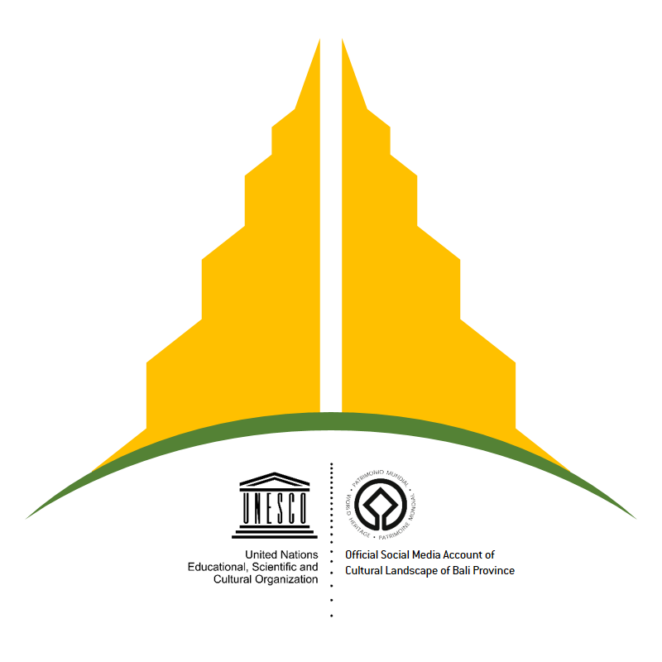Partnership for Governance Transition: Cultural Landscape of Bali

In 2012, UNESCO inscribed the Cultural Landscape of Bali Province: the Subak System as a Manifestation of the Tri HitaKarana Philosophy as a World Heritage Site. The Bali Cultural Landscape covers 19,520 ha and include sites representing the most important features of the landscape, notably the Supreme Water Temple Pura Ulun Danu and Lake Batur, Subak Landscape of Pakerisan Watershed, Subak Landscape of Catur Angga Batukaru, and the Royal Water Temple Pura Taman Ayun.

• It exhibits an important interchange of human values, over a span of time or within a cultural area of the world, on developments in architecture or technology, monumental arts, town-planning or landscape design [criterion ii];
• It bears a unique or at least exceptional testimony to a cultural tradition or to a civilization which is living or which has disappeared [criterion iii];
• is an outstanding example of a traditional human settlement, land-use, which is representative of a culture (or cultures), or human interaction with the environment especially when it has become vulnerable under the impact of irreversible change[criterion v];
• It is directly or tangibly associated with events or living traditions, with ideas, or with beliefs, with artistic and literary works of outstanding universal significance [criterion vi].
Thus, The Bali Cultural Landscape was inscribed on the basis of its outstanding universal value as a manifestation of the Balinese philosophy of Tri Hita Karana (“three causes of goodness”). It underlines the harmonious relationship between humans and the divine (parhyangan), the natural world (pelemahan), and with each other (pawongan). The subak – a democratic, egalitarian and self-governing association of farmers who practice terraced rice cultivation dating back to the 9th century – is an expression of this relationship.
Currently, the cultural landscape is facing a number of threats including the extensive use of chemicals in rice production, expansion of tourism into prime agricultural lands leading to increased land disposal, loss of forest cover and water shortage, and declining profitability of farming. SEI intends to assist the farmers of Catur Angga Batukaru articulate their concerns and play a larger role in the management of the World Heritage Site.

The pekasehs (leaders of subaks) of Catur Angga Batukaru during the musyawarah subak (meeting to build consensus)
Related organisations
Dinas Kebudayaan, Province of Bali
Ministry of Education and Culture
UNESCO World Heritage Convention
Selected News Items
UNESCO urges serious preservation of ‘subak’
A video clip of an interview with the pekaseh of Jatiluwih in Catur Angga Batukaru
- Link to a news item on Building consensus among the pekasehs of Catur Angga Batukaru
- Link to the Inscription Documents at the World Heritage Convention Site – Cultural Landscape of Bali Province: the Subak System as a Manifestation of the Tri Hita Karana Philosophy
- Bali World Heritage
- Link to the works of Steve Lansing, an anthropologist of Bali
- Using the design of Bali’s world heritage cultural landscape to empower Balinese
- Rice Cultivation in Bali: An Energy Analysis (Foley, 1979)
Follow the Bali Cultural Landscape onTwitter @BaliWHS
(0) Comments
There is no content